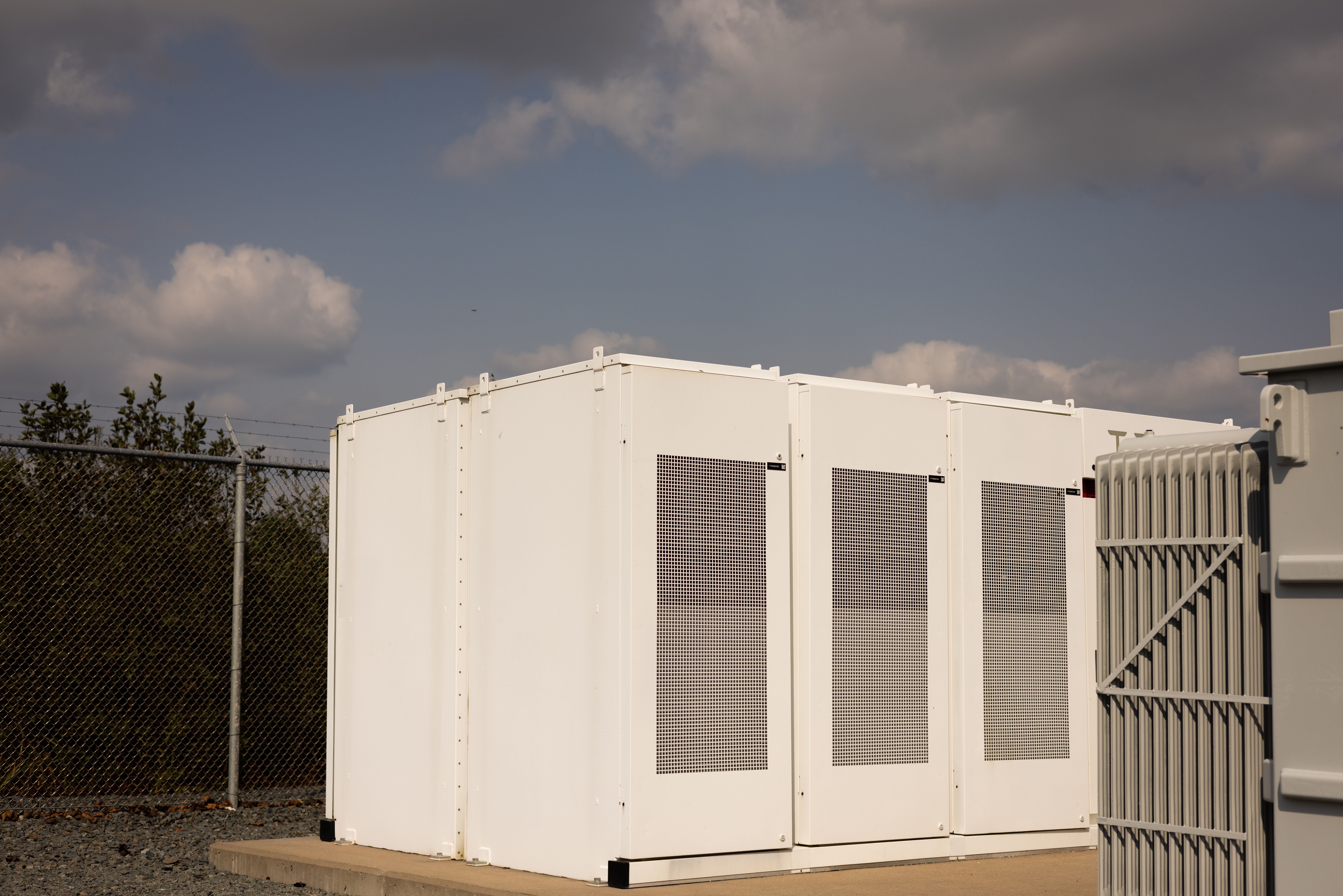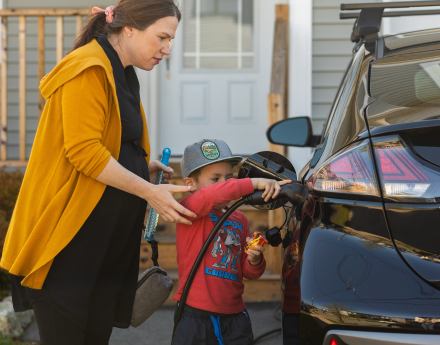The path to 2030
A message from Peter Gregg, our President and CEO:
Climate change has been called the defining issue of our time. From changing weather patterns to rising sea levels, its impacts are tangible.
Late last year, COP26, the 2021 United Nations Climate Change Conference was held in Glasgow, Scotland. It was the latest in a series of meetings where nations and global leaders gather to set targets and take action against climate change. As part of the effort to halt a dangerous rise in global temperatures, more than 40 countries pledged to phase out coal for electricity generation by 2050.
This is a pivotal moment, for Canada and here in Nova Scotia.
We have an opportunity to not only move in the right direction but to be leaders.
Nova Scotians have asked us to strive towards cleaner sources of energy—to build a greener future for our province, our families and the next generation.
Our provincial government has set a goal of 80 per cent clean energy by 2030, as part of the Environmental Goals and Climate Change reduction act. It legislates that we must phase out coal-fired electricity, transforming in less than 10 years a power system that took 50 years to build.
It’s an ambitious challenge, but we have a century of experience building and managing our power system. We’re ready to meet it head on in a way that’s safe, reliable and affordable for customers.
The energy grid of the future
How will this transition change our grid in the next decade? The way we generate electricity today and distribute it to customers is linear. We make electricity in real-time to meet the demands of our customers. It’s a centralized, predictable, one-way process.
But as we plan to incorporate more renewable energy like wind and solar, we need new technology and more flexibility on the grid to accommodate it. Tomorrow’s electricity market is going to be much more distributed and bi-directional. This means that instead of strictly providing electricity to customers, customers will be increasingly participating by storing and even generating energy of their own.
Our grid has never been more important. And by evolving it, we’re paving the way for more choice and control around how customers use energy—for more reliable service, for new technologies and for decarbonization.
Imagine a future where you’ll have the ability to send energy stored in an in-home battery, or from solar panels, or from an electric vehicle battery back to the grid. All of this will allow us to accept more renewable energy, while managing demand for electricity.
Powering a green Nova Scotia, together
Collaboration is at the heart of our path to 2030. It’s a clean energy future that will take all of us working together to achieve it—from customers, to government, to stakeholders, to our First Nations communities.
Through partnerships with government and our neighbouring utilities, we can build transmission connections to help us access clean energy in other provinces. We’re leading the Eastern Clean Energy Initiative: A working group created with other utilities and the provincial government focused on achieving the clean energy goals for our region.
And through collaboration with customers, we’re exploring how innovative technology can help us bring more clean energy to the grid. We’re working directly with customers on the Smart Grid Nova Scotia Pilot Project to learn about the shared benefits of smart technology—from battery storage, to community solar, to electric vehicle smart chargers.
This is the largest, most significant change in our company’s history. And as we evolve, we know we must balance affordability for customers every step of the way.
It’s a change that will shape our future. As we add new energy sources, deploy new technologies and create wind farms and solar gardens in rural parts of the province, we’ll be contributing to tomorrow’s green economy. But it’s not just driven by us. It will include independent power producers, electric public transportation in our cities and towns, and new green businesses creating new green jobs; all of it powered by clean energy.
Nova Scotia has the potential to be one of the cleanest, lowest-carbon, most-resilient and future-ready regions in Canada. The path to 2030 is bold. It’s exciting. It will be a challenge.
Together, we have what it takes to get there.
For more information about our clean energy transition, visit nspower.ca/clean.
Share This Post:





